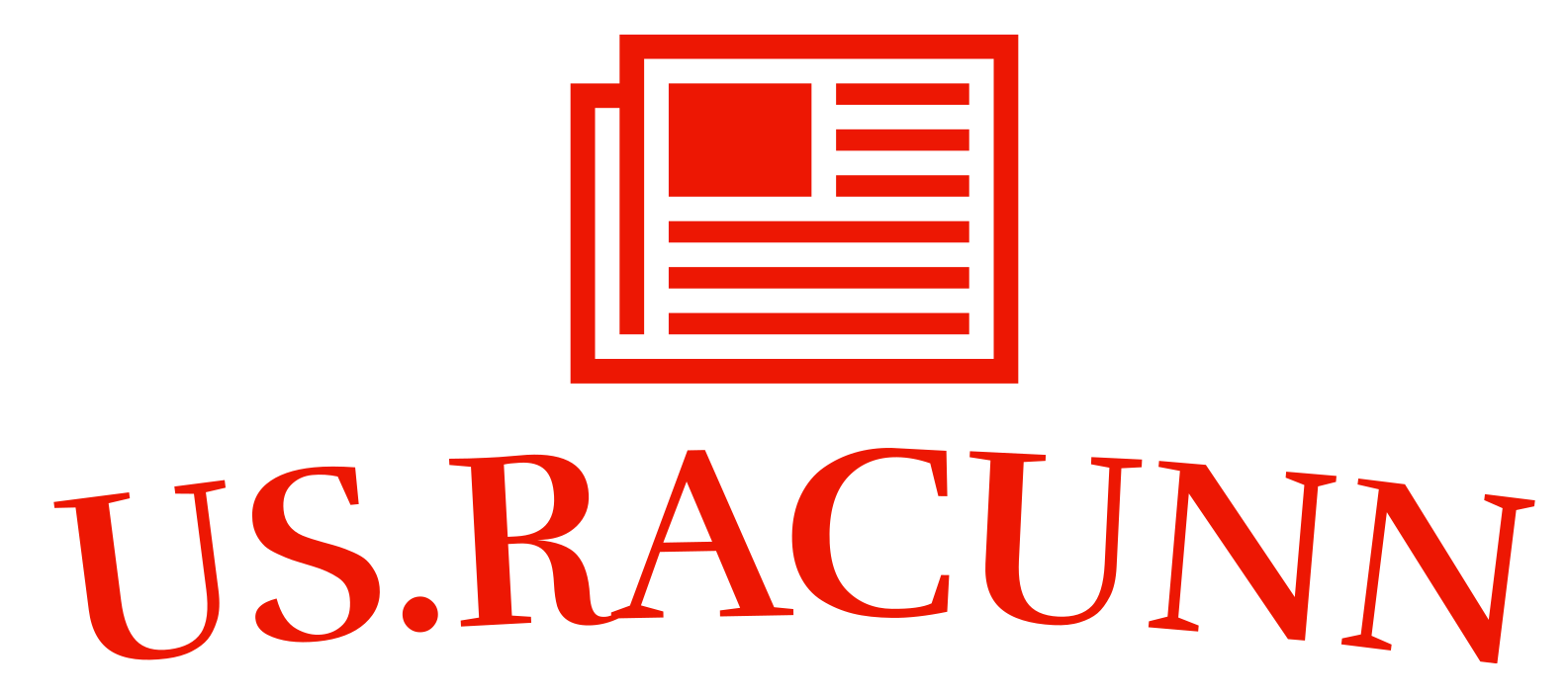On October 14, 2025, at 12:45 PM, a significant global event occurred: the unveiling of the world's first fully operational quantum computer by a leading technology company. This groundbreaking machine, named "Quantum Nexus," demonstrated capabilities far beyond traditional supercomputers, solving complex problems in minutes that would take classical computers thousands of years. This event was celebrated worldwide, with live broadcasts showcasing its potential applications in fields such as medicine, climate modeling, and artificial intelligence. Scientists, tech enthusiasts, and industry leaders gathered at the launch event, which featured demonstrations of the quantum computer's power in real-time problem-solving. In the months leading up to this event, researchers had been working tirelessly to overcome the challenges of quantum coherence and error rates, making the launch a culmination of decades of advancements in quantum mechanics and computer science. The unveiling was seen as a turning point in technology, promising to revolutionize industries and the way we understand computation. Reflecting on the past, one could trace the lineage of this achievement back to key milestones in quantum theory, such as the establishment of quantum mechanics in the early 20th century, the invention of the first classical computers in the mid-1900s, and the subsequent development of quantum algorithms in the late 20th and early 21st centuries. Each milestone contributed to the eventual realization of a fully functional quantum computer, marking October 14, 2025, as a landmark date in technological history.
